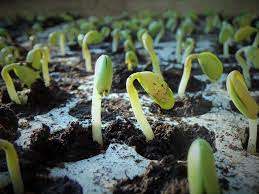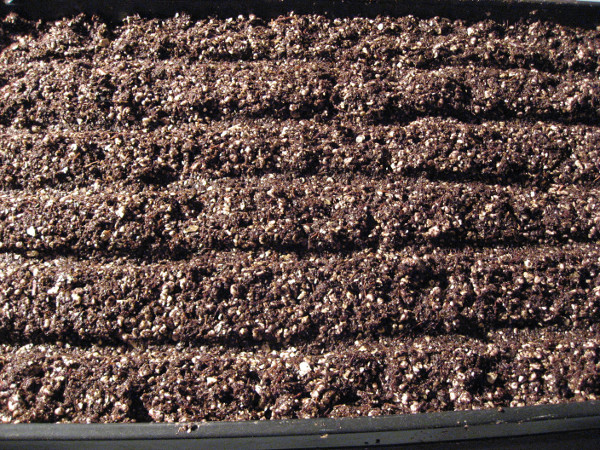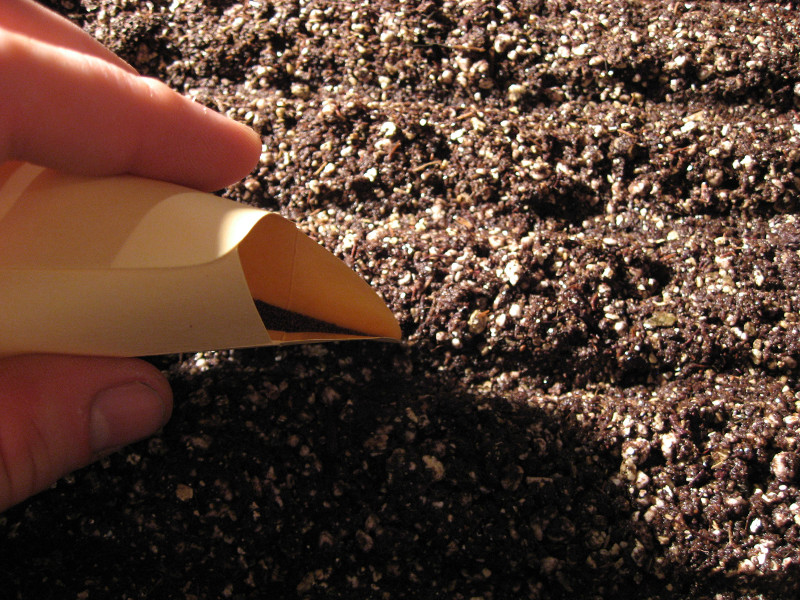Although most plants can be started from seeds reliably indoors, many varieties are just as easy to sow outdoors, where they are to grow. In general, beans, beets, carrots, corn, kale, okra, peas, radishes, soybeans, spinach, and turnips are easier to sow outdoors. Just about any type of vegetable could be sown outdoors, but there is little benefit to starting these particular vegetables inside.
Planning
Timing is the key to having transplants of the right size to set out in the right weather conditions. The three most important things to know are:
- The first and last expected frost dates for your area
- The kind of weather preferred by the seedlings
- Time from sowing seeds to transplanting into the garden outside
You could ask your local county extension agent for the frost dates and other seasonal benchmarks for your area. The information is also available online in this report with freeze frost dates for cities across the united states. Some seeds will need warm temperatures, others will need cool temperatures or maybe even freezing to germinate properly. Once sprouted, young plants called seedlings will have a variety of preferred climates as well. It is essential to start the seeds at the proper time to provide them the type of environment they prefer.
To find out when to sow the seeds, first find the day of the first freeze in your area. Then count back the correct number of weeks to grow garden-sized transplants (these dates are conveniently listed for just about every vegetable on this site! It may be a good idea to sort your seeds based on this timing, and their cold hardiness, so you know which ones you can start together. Before you sow, be sure to pick a location in your house for the seed trays. To find out how many seeds to sow, first you need to figure out how many plants you need. For each 50 square inches of tray surface area (5″ x 10″), you could sow up to 50 large seeds, 100 small seeds, and 5150 tiny seeds. You could sow multiple varieties in each seed tray; just make sure they are compatible in growing temperature and timing. If you are starting seeds in individual cups or cells, plant two seeds per cup.
Preparing Seed Flats
Choose your sowing medium carefully. It should be porous and well-drained, but absorbent and soft as well. Finely textured humus or compost is fine, or just pick up a bag of seed starter soil at your local garden store. If reusing seed flats, make sure they are sanitized. You can use a weak bleach solution (10 parts water, 1 part bleach) to sanitize the seed flats. Make sure to dry the seed flats just before planting seedlings. This will ensure the seeds have a sanitary environment for germination. For each flat, add 4 cups of soil and 1.5 cups of water to a plastic zipper-type bag. Squeeze and shake around to moisten the soil completely and thoroughly. Place in seed flat and pat down slightly until the surface is level. Repeat if necessary until the soil is approximately 1/4″ from the edge of the tray.
Make shallow furrows 1″ in the surface of the soil using a pencil or similar object. The furrows should be 1/4″ deep for small seeds, and 1/8″ deep for tiny seeds. Larger seeds can be poked into the soil. To sow seeds evenly in the furrow, open the packet of seeds and press the edges so the packet stays open. Fold the middle to create a trough for the seeds within the packet. Hold the packet over the trough, and move it slowly while tapping it with your finger to dispense the seeds evenly. To cover the seeds pinch the furrows closed. If some seeds end up too close together, use a pencil to spread them apart.
Watering
Once seeds have been sown, check the moisture daily. If dry, sprinkle the top gently, or use a gentle spray from a spray bottle, or better yet, water from the bottom with room temperature water. Allow the water to soak up until the surface becomes moist, but not so heavily that the medium stays soggy. Aim for a constant, moderate degree of moisture.
Emergence
Emergence occurs as the baby plant breaks out of its seed coat, and the first stem rises from the soil. The first leaves are the so-called seed leaves (cotyledons), which often bear little resemblance to the true plant leaves. Remove the clear plastic cover as soon as the seedlings start to emerge.


